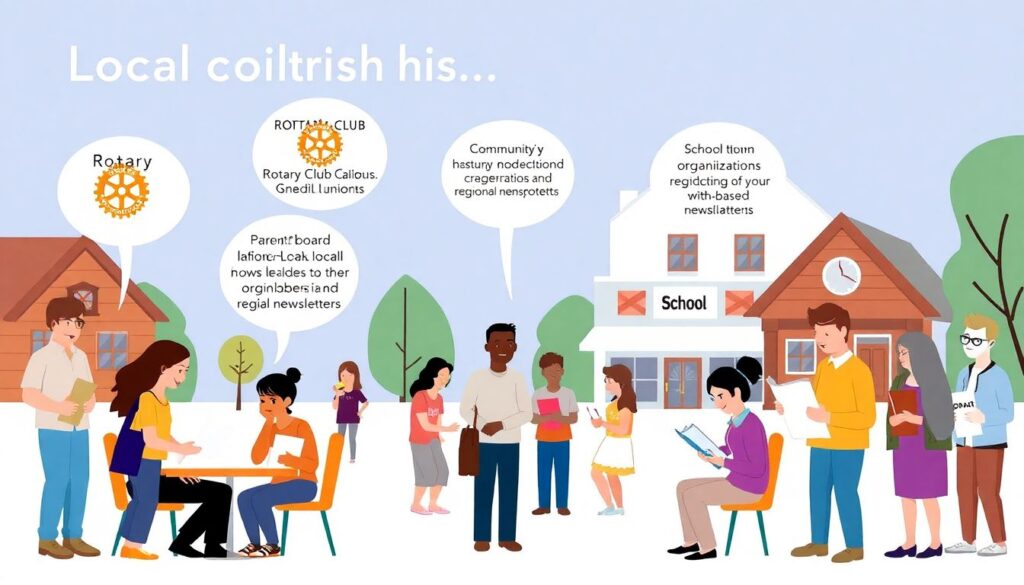Understanding the Landscape of Scholarship Opportunities
Parents embarking on the college funding journey quickly discover that scholarships represent a crucial but often underutilized resource. The sheer volume of options—ranging from national merit-based awards to hyper-specific local grants—can be overwhelming. Some families rely on school counselors, others turn to independent consultants, while many try to navigate online platforms. Each approach offers distinct benefits and limitations. For example, while high school advisors may provide personalized guidance, their time and resources are often limited. In contrast, digital search engines provide extensive databases but require a more autonomous, discerning effort from families.
Comparative Overview of Search Strategies
Guidance from School Counselors
School counselors are frequently the first point of contact for students and parents exploring scholarships. Their familiarity with local opportunities and institutional scholarships makes them valuable allies. They can often recommend awards that align closely with a student’s academic profile or extracurricular achievements. However, due to high student-to-counselor ratios, their capacity for individualized support is often constrained. Parents may find that follow-up and additional research are essential to supplement school-based advice.
Third-party Scholarship Consultants
Some families opt to hire private scholarship consultants who offer personalized strategies, including timeline planning, essay coaching, and eligibility screening. These professionals can significantly reduce the workload for parents. However, this comes at a price—often hundreds to thousands of dollars—which may not be feasible for all families. Furthermore, the quality of services varies widely, making it imperative to vet credentials and success rates rigorously before making a commitment.
Online Search Engines and Aggregators
Web-based platforms like Fastweb, Cappex, and Scholarships.com have revolutionized access to scholarship information. These tools let users build customized profiles and receive targeted scholarship lists. Their strength lies in scale and speed, but they come with drawbacks. Many platforms require users to wade through irrelevant listings, repetitive entries, and occasionally outdated information. Additionally, some may prioritize paid listings or affiliate content, which can compromise the objectivity of results. Parents must cross-reference opportunities and keep a critical eye on application deadlines and eligibility rules.
The Pros and Cons of Technology-Driven Searches
Digital tools have undeniably expanded the reach and efficiency of scholarship searches. Natural language processing and AI-driven recommendation engines can sort through thousands of listings in seconds, saving families countless hours. Platforms are increasingly user-friendly, offering mobile apps, calendar reminders, and auto-filled applications. However, this convenience can foster overreliance. Passive browsing sometimes replaces active engagement, which is crucial for tailoring applications and writing compelling essays. Moreover, not all scholarships are listed online; many local or niche awards are still shared through community bulletins or word-of-mouth. Thus, while technology is a powerful tool, it should be part of a broader, diversified search strategy.
Best Practices for Parents
Start Early and Stay Organized
One of the most effective strategies is to begin the scholarship search process early—ideally in the sophomore or junior year of high school. Early starters gain an advantage by identifying long-term goals and preparing stronger applications. Parents should create a system to track deadlines, required materials, and application status. Shared digital calendars and spreadsheets can be helpful tools to maintain consistency and avoid last-minute stress.
Balance Wide Net with Targeted Efforts
Casting a wide net increases the odds of success, but it should not come at the expense of quality submissions. Parents should encourage their children to apply for a mix of large national scholarships and smaller, more targeted ones. The latter often have fewer applicants and thus higher chances of success. Prioritizing relevance over volume ensures that students are applying for awards aligned with their interests, identities, and accomplishments.
Leverage Community Networks

Local scholarships—often sponsored by rotary clubs, credit unions, small businesses, or regional nonprofits—tend to be less competitive. Parents can uncover these opportunities by connecting with community leaders, attending school board meetings, or subscribing to local newsletters. Faith-based organizations and cultural associations also frequently offer scholarships tied to heritage or religious involvement, which may not appear on mainstream platforms.
Emerging Trends in 2025

As we move into 2025, several notable trends are reshaping the scholarship search landscape. First, AI-enhanced search tools are becoming more intuitive, offering predictive recommendations based on evolving student profiles. Second, “micro-scholarships” tied to specific achievements or milestones—such as completing a college tour or participating in a volunteer day—are gaining popularity. These small awards, offered by platforms like RaiseMe, can accumulate meaningfully over time.
Another trend is the growing emphasis on equity and inclusion. In response to social demands, more foundations are launching scholarships for underrepresented students, first-generation college attendees, and those from marginalized communities. Parents should stay alert to these opportunities, especially as criteria continue to shift in response to political and economic changes.
Finally, blockchain technology is being explored to verify and streamline the application and award disbursement process. While still in its early stages, this innovation may reduce fraud and administrative errors, further legitimizing lesser-known scholarship programs.
Conclusion: A Multi-Pronged Approach Yields the Best Results
While there is no one-size-fits-all solution to the scholarship search process, a multifaceted strategy tailored to the student’s strengths and family resources proves most effective. Parents who combine personal outreach, digital tools, and community engagement are best positioned to maximize financial aid opportunities. As the scholarship landscape evolves with technological and social changes, staying informed and proactive remains the cornerstone of a successful scholarship search.

